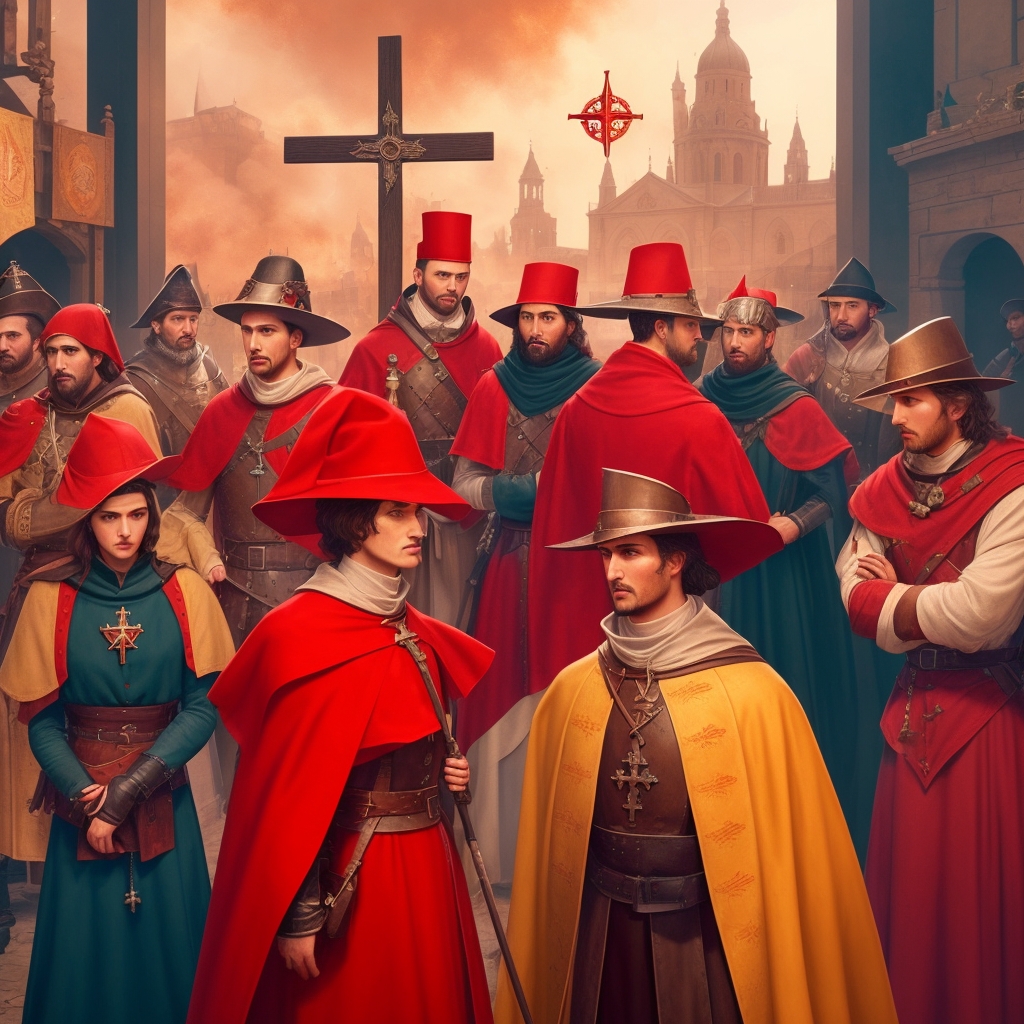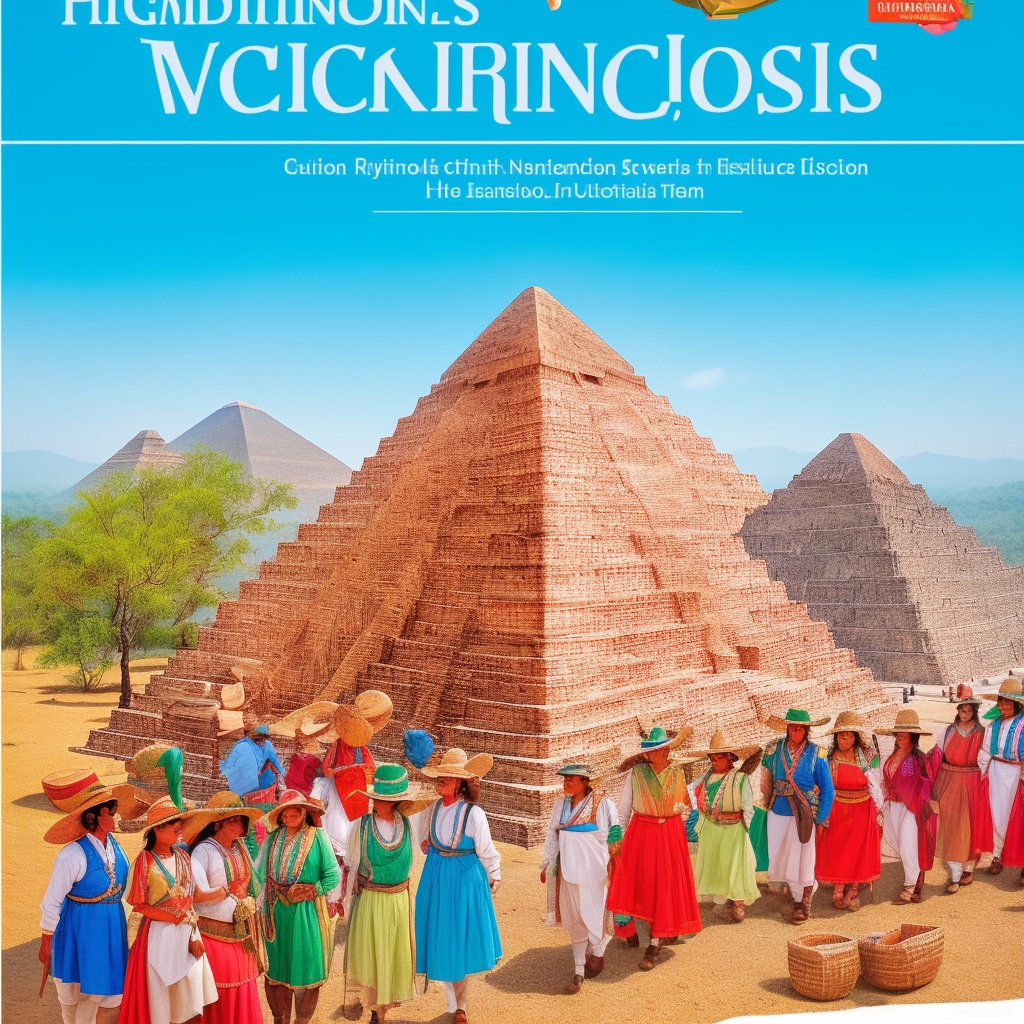Discovering the Intricacies of the Inquisition: Why This Guide Exists
Welcome, fellow explorer, to a journey through the fascinating and often bewildering world of the Inquisition. As someone who’s taught this subject for years, I can tell you, there’s always something new to uncover, a fresh angle to consider. This guide isn’t just about reciting dates and names; it’s here to help you truly grasp why the Inquisition targeted specific groups and the complex criteria they used. My sincere hope is that this becomes the definitive resource I wish I’d had when I first embarked on this path.
Here’s the thing though – this isn’t just a history lesson. It’s a profound exploration of human nature, the insidious grip of fear, and the enduring dynamics of power. So, shall we get started?
Understanding the Basics: Who Were the Targets?
When the word “Inquisition” comes to mind, we typically conjure images of heretics, witches, and Jews. But the reality, as any seasoned historian will tell you, is far more nuanced than it appears. The criteria for targeting individuals or groups were often based on a complex, shifting mix of religious, political, and even socio-economic factors.
- Heretics: These were, arguably, the most infamous targets. Heretics were individuals or groups whose beliefs directly contradicted established Church doctrine. The Church, in its quest for absolute spiritual and temporal authority, viewed heresy as an existential threat to both its power and the very fabric of societal order.
- Jews: Jews were tragically targeted during various inquisitions, frequently serving as convenient scapegoats for societal problems. This was particularly evident during times of widespread crisis, like the devastating Black Death. Why the Black Death Devastated the 14th Century offers crucial insights into this fraught historical context. What’s interesting is how readily fear and panic can manifest into such brutal persecutions, a pattern we’ve seen echo throughout history.
- Witches: The infamous witch hunts emerged as a later, yet deeply interconnected, development, fueled by similar fears and anxieties. If you’re curious about the disturbing underpinnings of these hunts, I’ve delved into this extensively in How European Witch Hunts Shaped Our Society Today. It’s worth noting that while often conflated, the Inquisition’s direct involvement in witch trials was less pervasive than often assumed; secular courts actually carried out the majority of executions for witchcraft.
Peeling Back the Layers: Criteria for Targeting
It’s surprisingly tricky, almost frustratingly so, to pin down a single, one-size-fits-all criterion for why the Inquisition targeted certain people. The criteria were fluid, evolving significantly over time and varying dramatically based on local circumstances and political climates. In my experience, understanding the intricate local political landscape often unlocks many of the secrets behind these seemingly arbitrary choices.
Religious Deviance and Political Threats
Given the era, it should come as no surprise that religion and politics were inextricably intertwined in medieval Europe. Those perceived as religious deviants were almost invariably seen as political threats too. The Church wielded immense power, both spiritual and temporal, and anything that undermined its authority was considered a significant, indeed existential, concern. Recent analyses, for instance, highlight the Spanish Inquisition’s profound focus on social control and its role as a repressive tool of the state.
Social and Economic Factors
Here’s a thought-provoking question that often gets overlooked: How profoundly did wealth or social status truly influence accusations? Quite a lot, actually. In many cases, the accused were individuals who were already socially marginalized or economically disadvantaged, making them easier targets. For example, a 2025 study on the Bologna inquisition register (1291-1310) found that “middle-class members among Cathars tended to be incriminated more than non-members of the middle class,” suggesting economic standing could play a role in becoming a target. For a deeper dive into how gender and status influenced these accusations, consider How Gender, Status Fueled Witch Hunt Accusations.
Advanced Insights: Techniques and Tactics
One of the most chillingly fascinating aspects to explore is the calculating techniques the Inquisition employed to exert control and maintain power. From the systematic use of torture to extract confessions – a practice that, while brutal, was often meticulously documented – to the strategic placement of inquisitors in key areas, these methods were both effective and, quite frankly, ingeniously disturbing.
Documentation and Record Keeping
The Inquisition was, remarkably, meticulous in its record-keeping. This practice served a dual purpose: it was a potent method of control, creating a paper trail of fear and compliance, and it’s also, somewhat ironically, a historical goldmine for us today. These extensive records provide detailed accounts of trials, confessions, and punishments, offering an unparalleled, albeit unsettling, window into the mindset of the inquisitors and the lives of the accused. In fact, over 67,000 trials conducted by the Spanish Inquisition between 1478 and 1834 have been extensively documented.
Common Questions and Misconceptions
Let’s address a few common questions that often arise. Was the Inquisition uniformly brutal? Not at all. Its severity varied greatly depending on the specific time period and geographical location. And are there modern parallels to the Inquisition? Absolutely, and that’s a discussion that resonates deeply in our contemporary world, reminding us of the enduring dangers of unchecked power and the suppression of dissent. As a 2021 study noted, “in municipalities where the Spanish Inquisition persecuted more citizens, incomes are lower, trust is lower, and education is markedly lower today.” This suggests a long-lasting societal impact, a chilling testament to its reach.
Personal Recommendations and Next Steps
If you’re truly passionate about this subject, I can’t recommend enough diving into primary sources whenever possible. They’re not just dry historical documents; they’re vivid, often heartbreaking, stories waiting to be explored. And don’t hesitate to look into related topics that offer broader context. For instance, Unraveling Salem: Why the Witch Trials Happened can offer additional context and striking parallels to the broader dynamics of the Inquisition.
In closing, I sincerely hope this guide ignites a deeper spark of curiosity in you. There’s so much more to learn and understand about this complex period, and I’m genuinely thrilled to have shared a piece of this journey with you. Happy exploring!
Tags: Inquisition, Religious Persecution, Heretics, Witch Hunts, Medieval Europe, Jewish History, Social Dynamics







